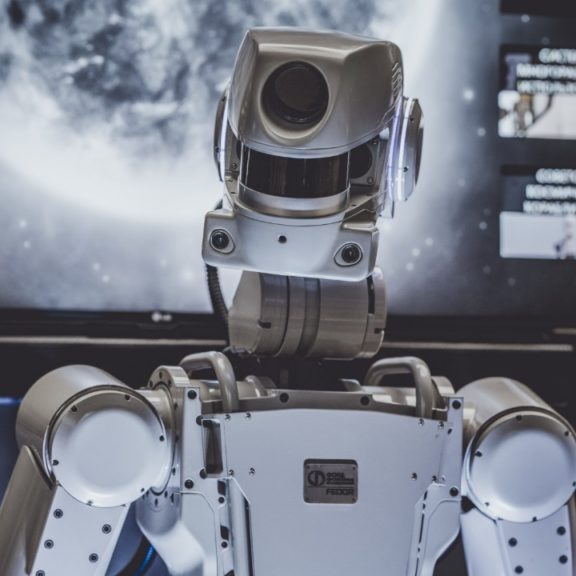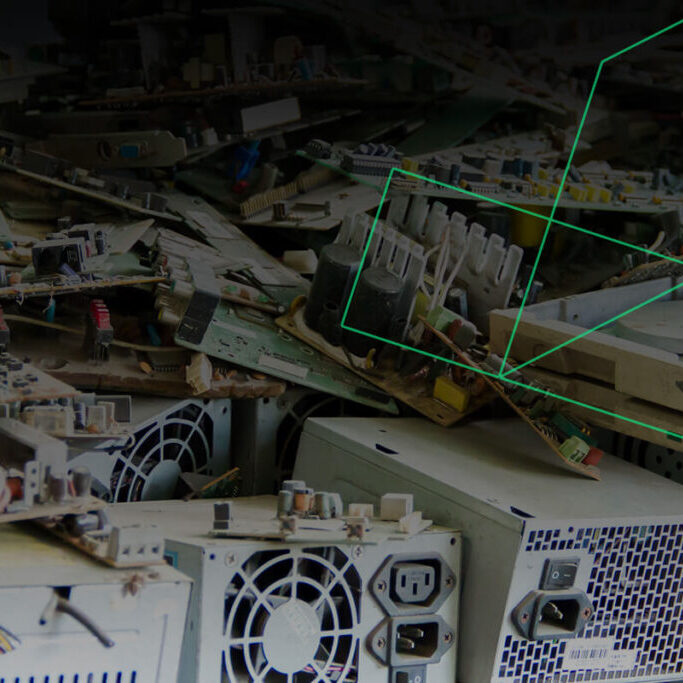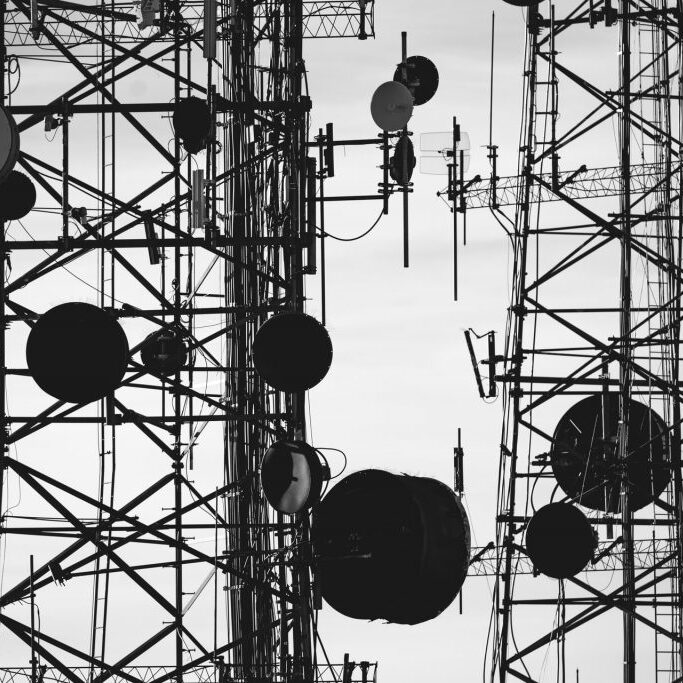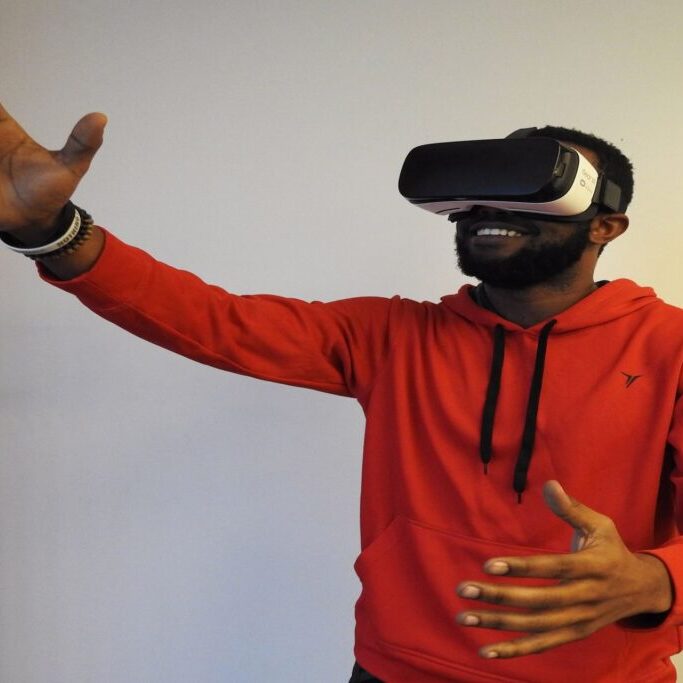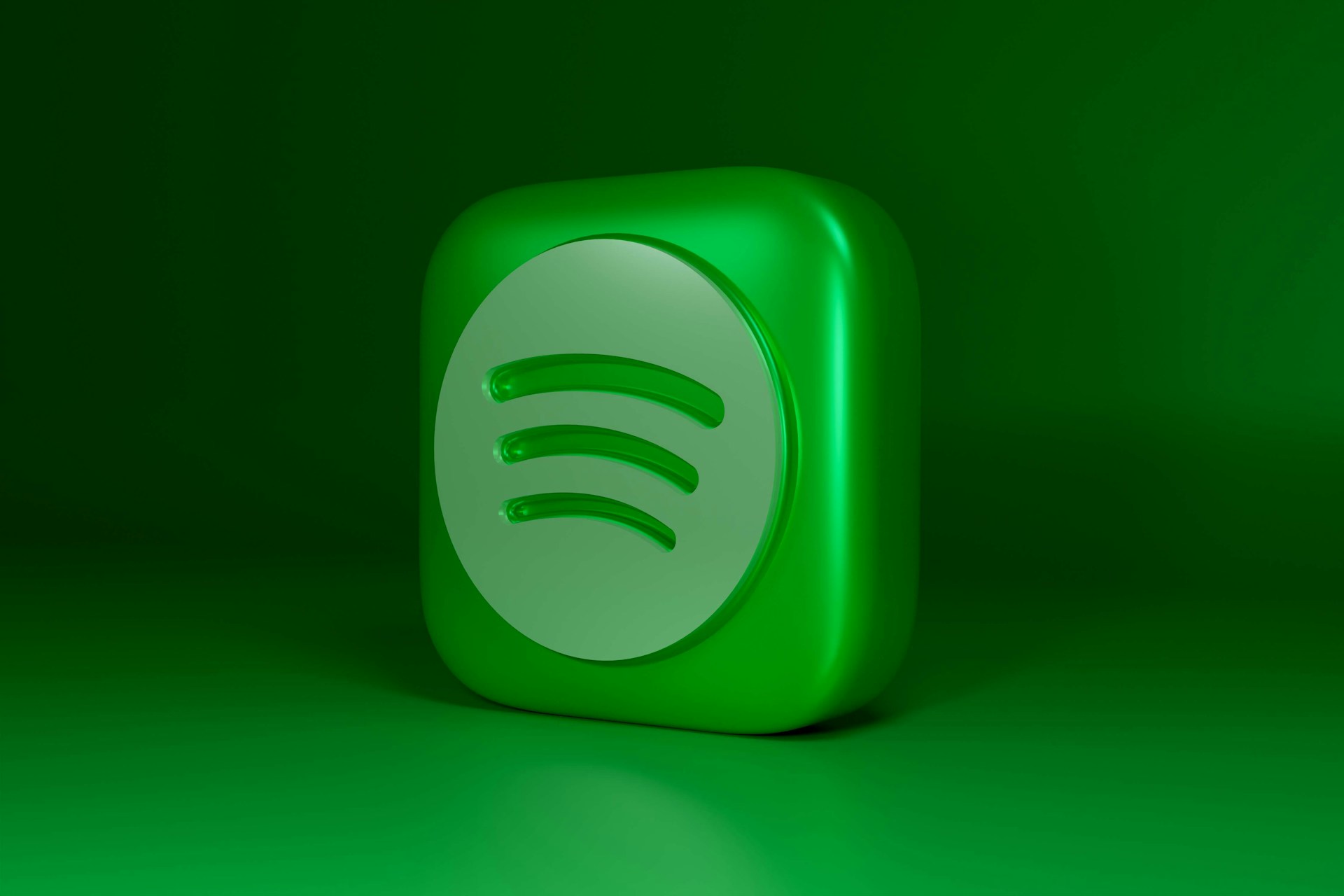It’s easy to fall into the trap of thinking everything effectively “disruptive” in nature falls under the category of disruptive innovation. The reality is they are two remarkably different concepts.
For example, Netflix and it’s streaming services are a disruptive innovation, whereas Uber is not. But how can that be? Uber almost certainly is disruptive to the current state of the market, especially considering it shifts conventional operations into that of the gig economy. How many organizations are truly doing something such as this?
But again, Uber is not a disruptive innovation and here’s why.
What Is Disruptive Innovation?
Truly disruptive technologies and solutions don’t just change the way things operate, they challenge the very industry leaders that once dominated the top of a market or field. The challenge comes from the fact that these leaders did not anticipate and plan for the change, meaning they didn’t innovate fast enough.
Netflix fits — and is a prime example — because of what its services did to the surrounding market, or companies like Blockbuster, in particular.
The theory or term was first proposed by a Harvard Business School professor named Clay Christensen. It became very popular and has become almost synonymous with the more simplistic description of innovation.
But it’s how Christensen truly defines a disruptive technology that is important. He explicitly puts forth the idea that all successful and well-established businesses will one day be threatened by a revolutionary opponent. They may even be overtaken, which was certainly the case with Blockbuster.
In most cases, they start small and relatively inconsequential but their performance grows as customer demands change. Over time that performance grows to be almost suffocating, to the point where the rest of the market — and rival industry leaders — might experience a shift in success.
Okay, great but that still doesn’t explain why Uber is not a disruptive innovation. Isn’t it doing exactly this to the transportation market?
Uber vs. Netflix: Why One and Not the Other?
In Christensen’s theory, a disruptive business generally starts in a low-end market that has established players, but those companies have ignored segments of their market. Not ignored in the sense that they’re not doing business in it anymore, but instead are chasing after their already profitable customers and demographics.
The new company, or disruptor, is also introducing a new market alongside the old, and sets to converting non-customers into loyal ones. Netflix’s initial DVD rental service wasn’t as attractive to Blockbuster customers who visited stores to get the latest movies and new releases.
Instead, Netflix’s customers didn’t necessarily care about new releases and preferred to do their shopping online. Immediately, we can see that Netflix targeted a subset of the rental market and offered an alternative service that was initially inferior to Blockbusters in many ways.
As time progressed, everyone knows the rest of the story. Netflix rolled out new services until eventually, they introduced online streaming which transformed the entertainment market for good.
Comparatively, Uber is targeting customers who already use similar modes of transport, specifically taxis and the like. The company also hasn’t introduced a new market, it’s the same practice and methods with a fresh coat of paint. Customers can also try one of many Uber alternatives.
Uber doesn’t exactly fit into the formal definition either, as most disruptive businesses start with a low-quality product, and improve over time to reach their mainstream audience. Uber hasn’t done that.
Just to provide another example, Tesla is another company similar to Uber that doesn’t fit into the disruptive classification. Although their electric vehicles are certainly innovative, the company didn’t enter a low-end or nonexistent market to start.
It’s quite the opposite, Tesla targets high-end customers that would otherwise be supporting other automakers. Tesla vehicles have a relatively high price tag, making them inaccessible to the underserved customers in the field — which is exactly the type of customer a true disruptor would be focused on.
Not All Disruptors Fit the Bill
So, there you have it, it’s a simple matter of the company and service falling in line with the true definition of “disruptive innovation.” Yes, it’s entirely possible to see disruptors in various fields that don’t match the term, Uber and Tesla being perfect examples. But that doesn’t necessarily mean they are worthy of the moniker either.
In a way, truly disruptive companies are to be admired more. They enter a low-end and significantly underperforming market, target oft-overlooked audiences, introduce an entirely new segment of said market, and then thrive, above all.
It’s why Netflix is so coveted by many, yet hated by just as many others. They didn’t just change the game, but they also accurately anticipated the shift in consumer demands.
Recent Stories
Follow Us On
Get the latest tech stories and news in seconds!
Sign up for our newsletter below to receive updates about technology trends


